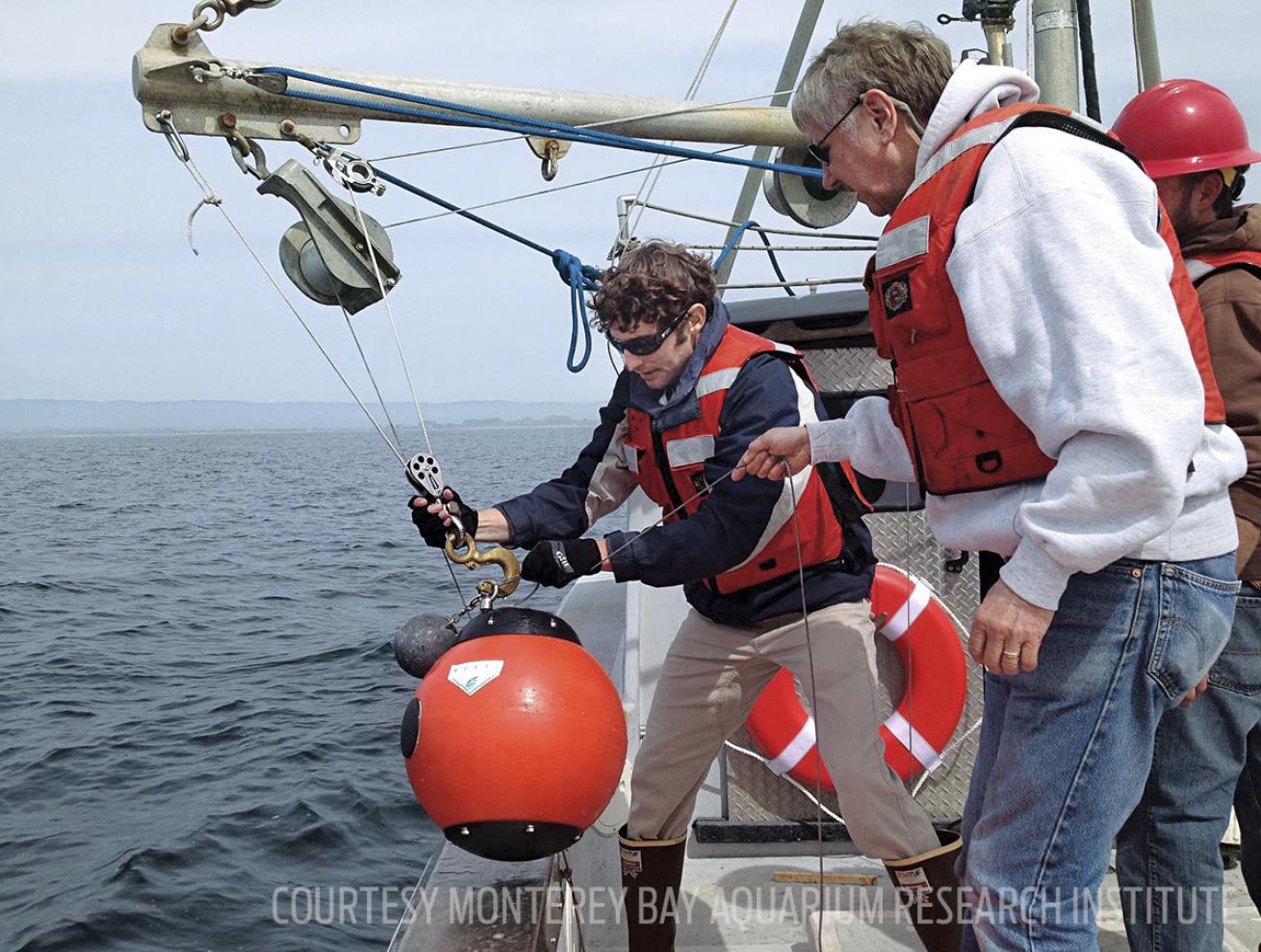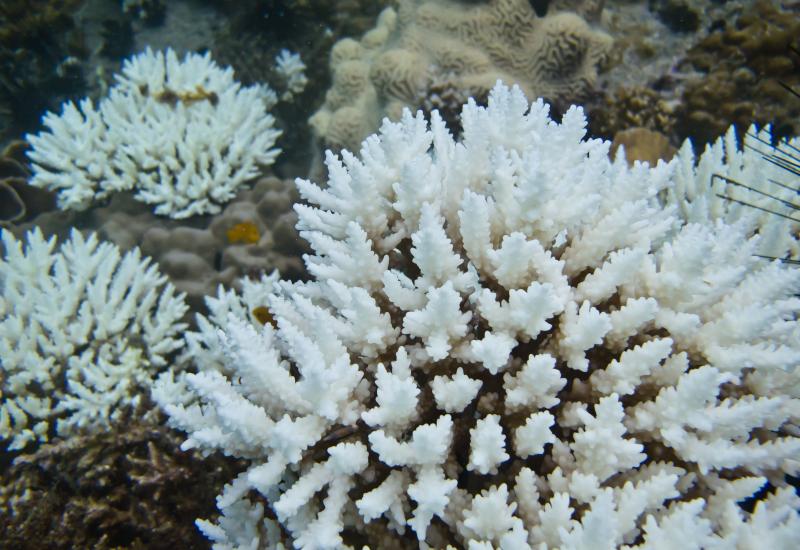Understanding Underwater Avalanches
A new technology allows scientists to learn more about enormous underwater avalanches as they actually happen, shedding light on one of the planet’s most powerful processes.

Courtesy Monterey Bay Aquarium Research InstituteWhat is an underwater avalanche?
Benthic Event Detectors, aka “smart boulders,” are motion-sensing “electronic devices that do next to nothing until they experience acceleration,” says Monterey Bay Aquarium Research Institute professor Charlie Paull.
The smart boulders are being tested in California’s Monterey Canyon. They record the underwater avalanche events as they happen, essentially reconstructing how materials move down the seafloor.
The spherelike devices measure pressure and orientation as well as the velocity of the ow and sediment levels as they speed along underwater canyons during avalanche like events called turbidity currents. The record-breaking underwater landslide speed to date came in at 6 miles in 57 minutes, says Paull. At depths deeper than scuba divers can easily explore, “there are all kinds of unknown processes going on, and it’s incredibly hard to learn about them,” he says. “The processes that go on in submarine canyons move a huge amount of material around the earth’s surface, and they are second only to rivers in the amount of material they move.”
Until the debut of the smart-boulder technology, says Paull, some of the information about underwater avalanches was communicated through records of cable breaks on the seafloor. “Historically, studies of geological processes underwater have been entirely forensic experiences — looking at what’s left behind, and seeing what’s already happened,” says Paull. “We are actually able now to capture what goes on during these transport events, collect- ing basic information that’s not inferred by playing detective.” Turbidity currents return sediments and nutrients to the deepest reaches of the ocean — essential ingredients to sustaining all the weird and wonderful life there.
“It’s the dark, unseen part of the world, yet it’s a major part of our planet,” says Paull.
So what’s the most surprising ending so far?
“How far the objects move in individual events and the speeds at which they go,” he says.
“We are getting very basic documentation of things that are going on that otherwise we would have little or no way to know about.”










